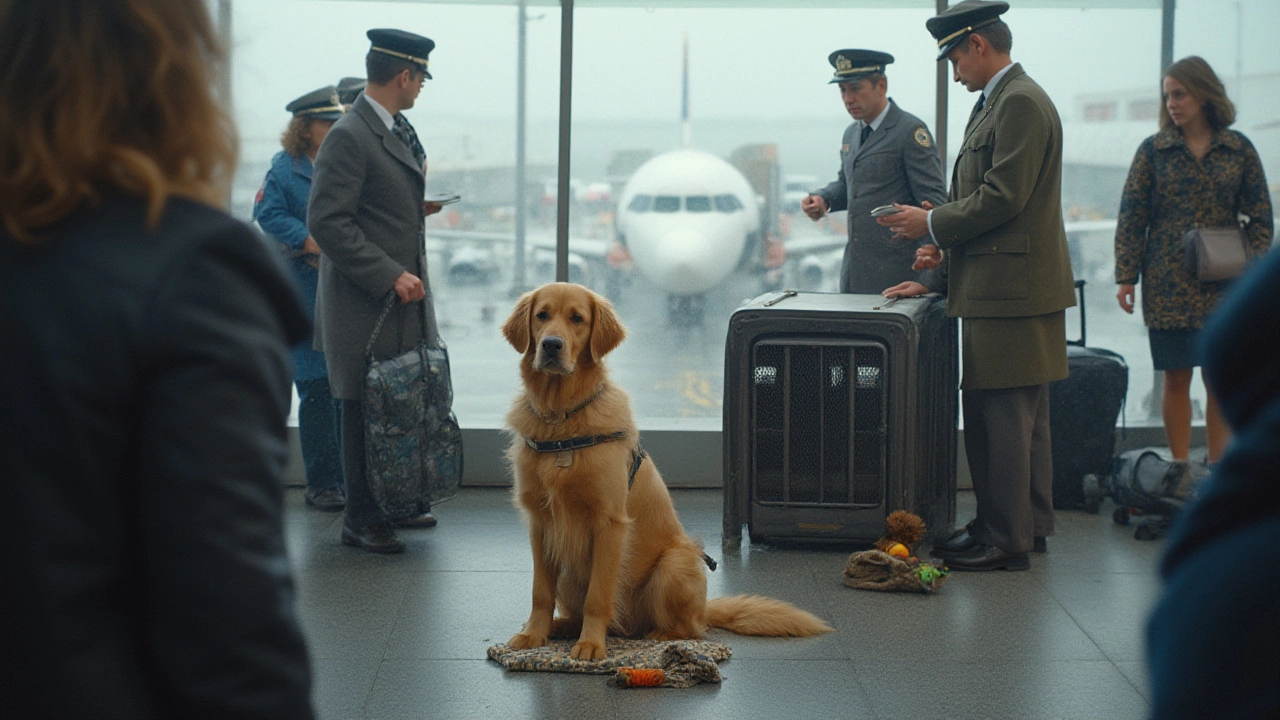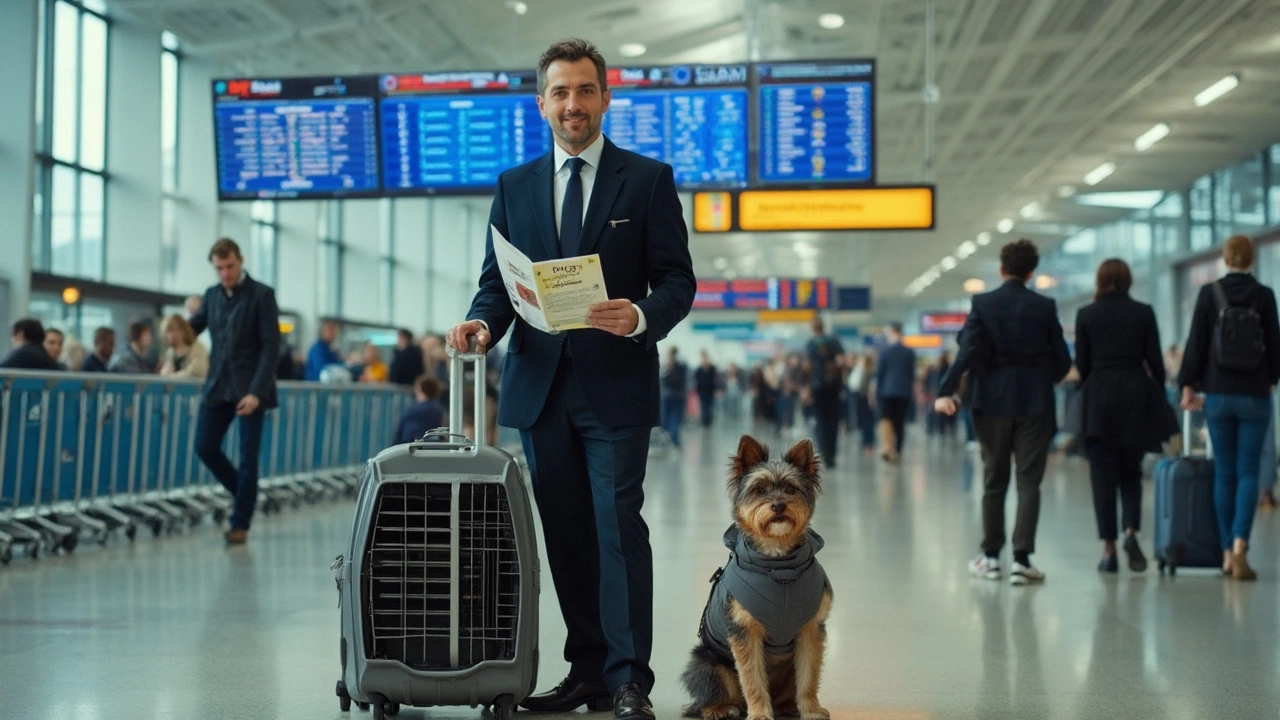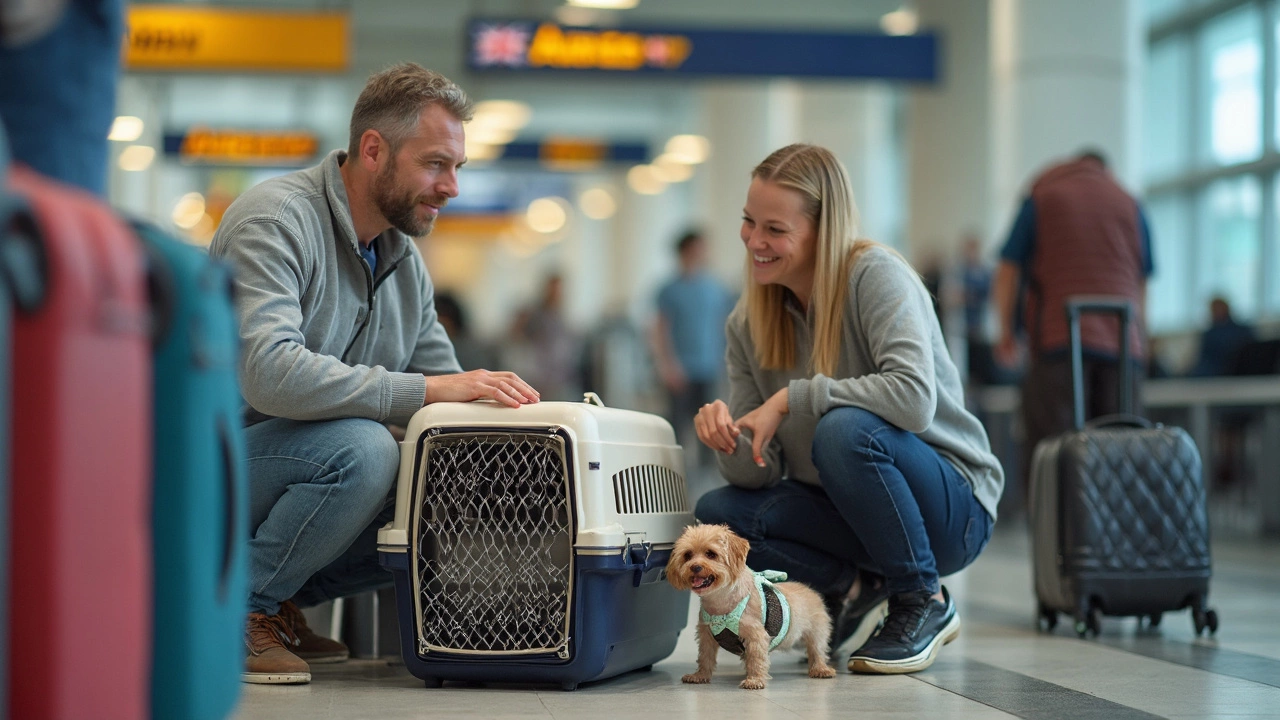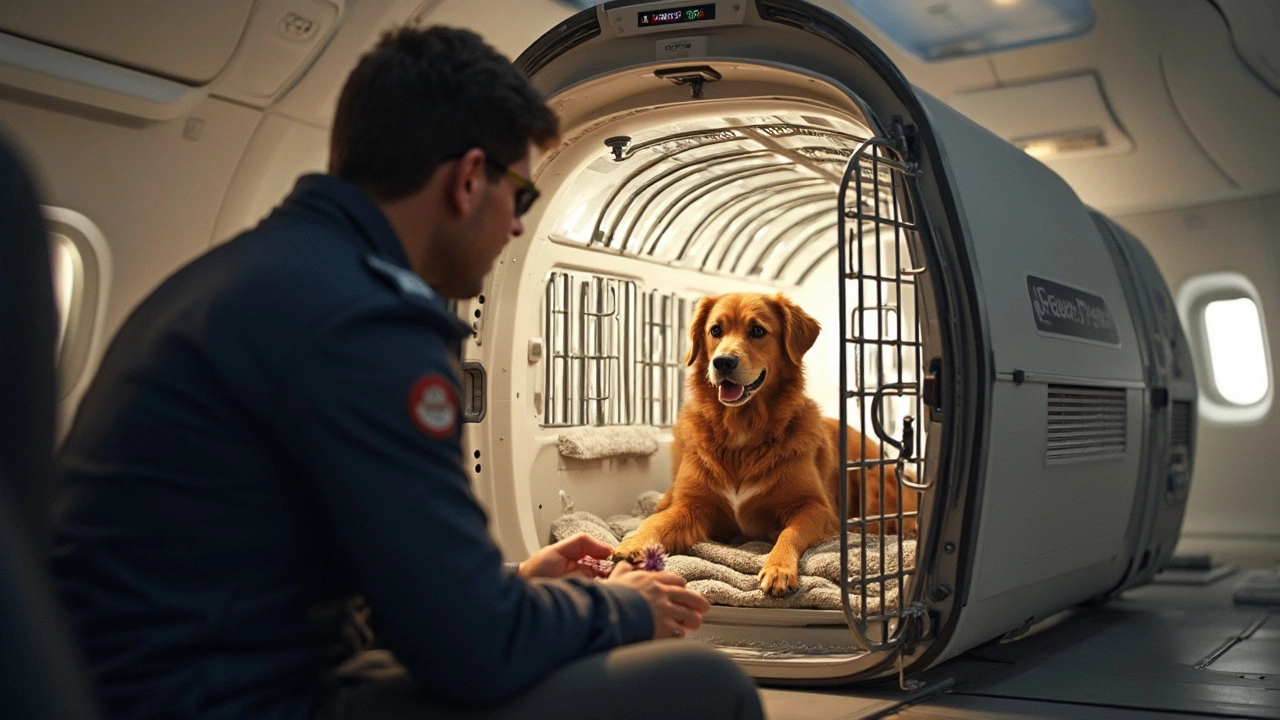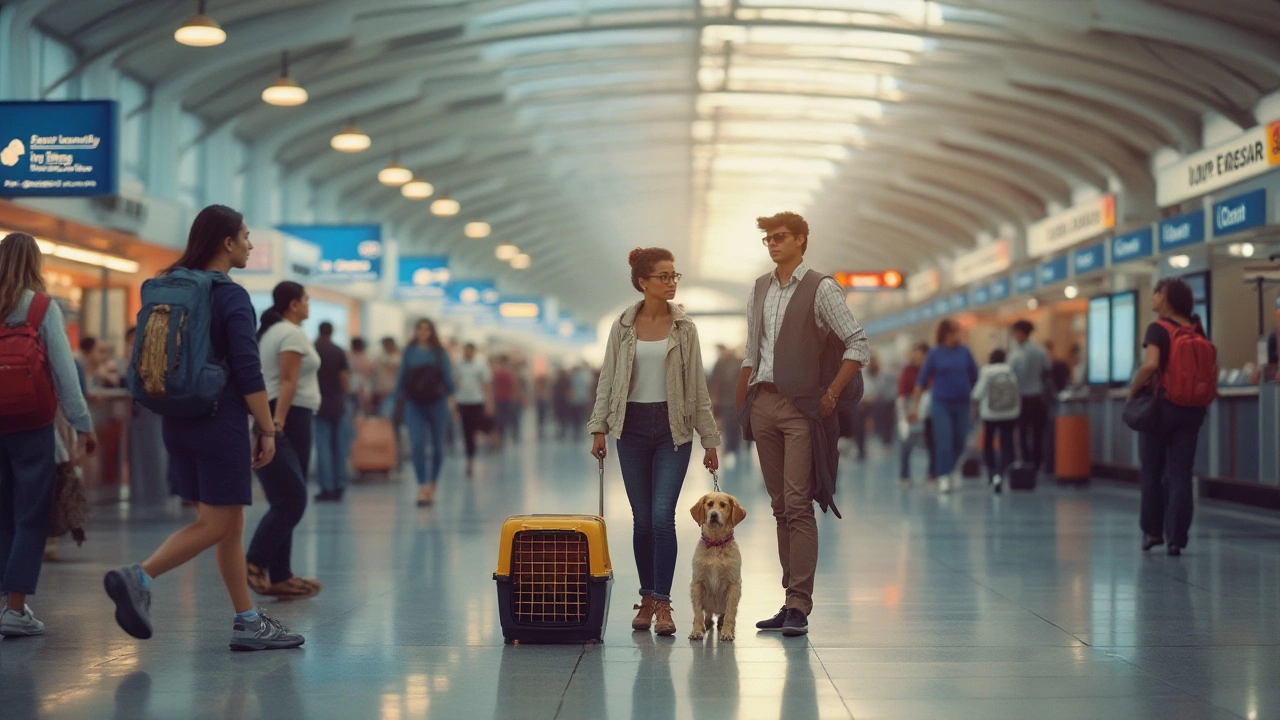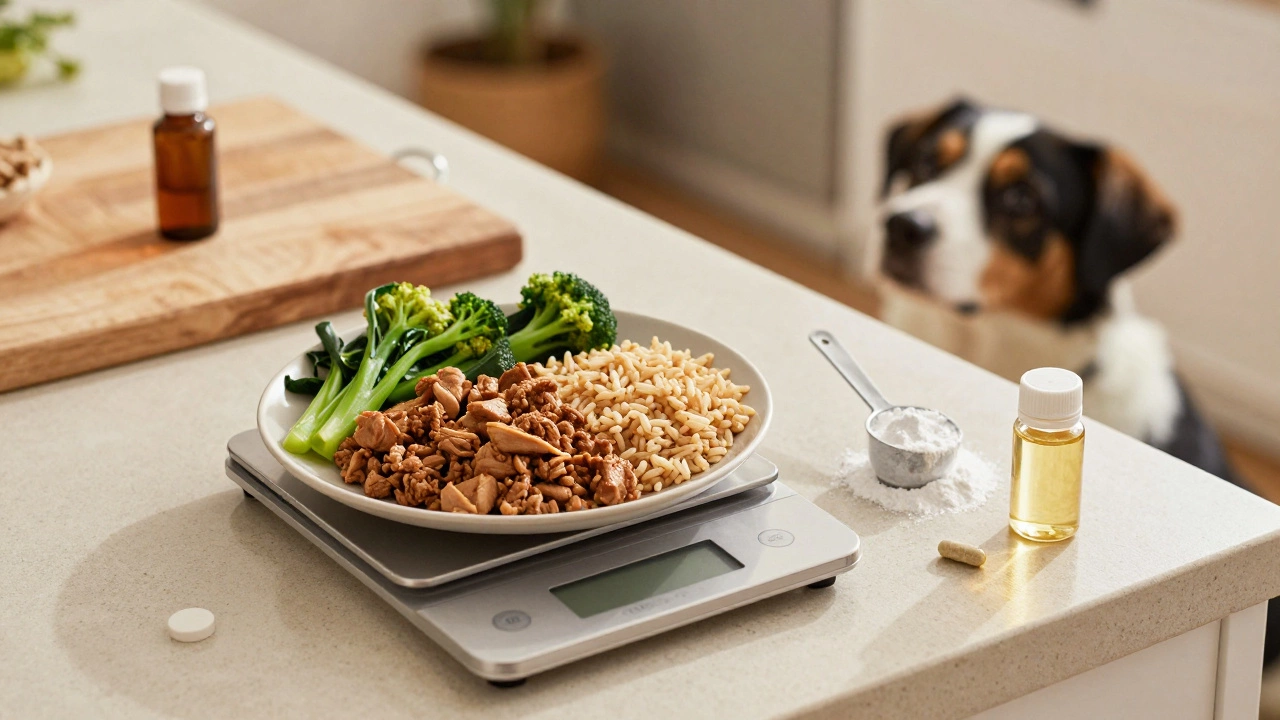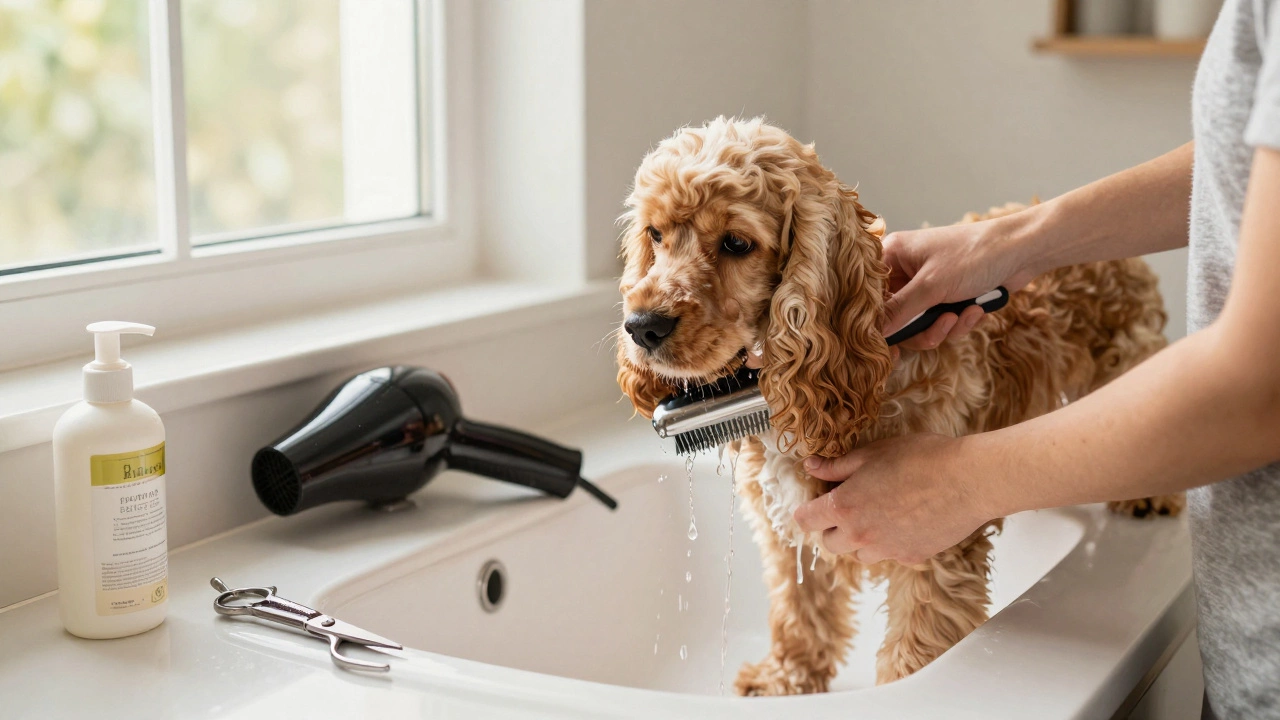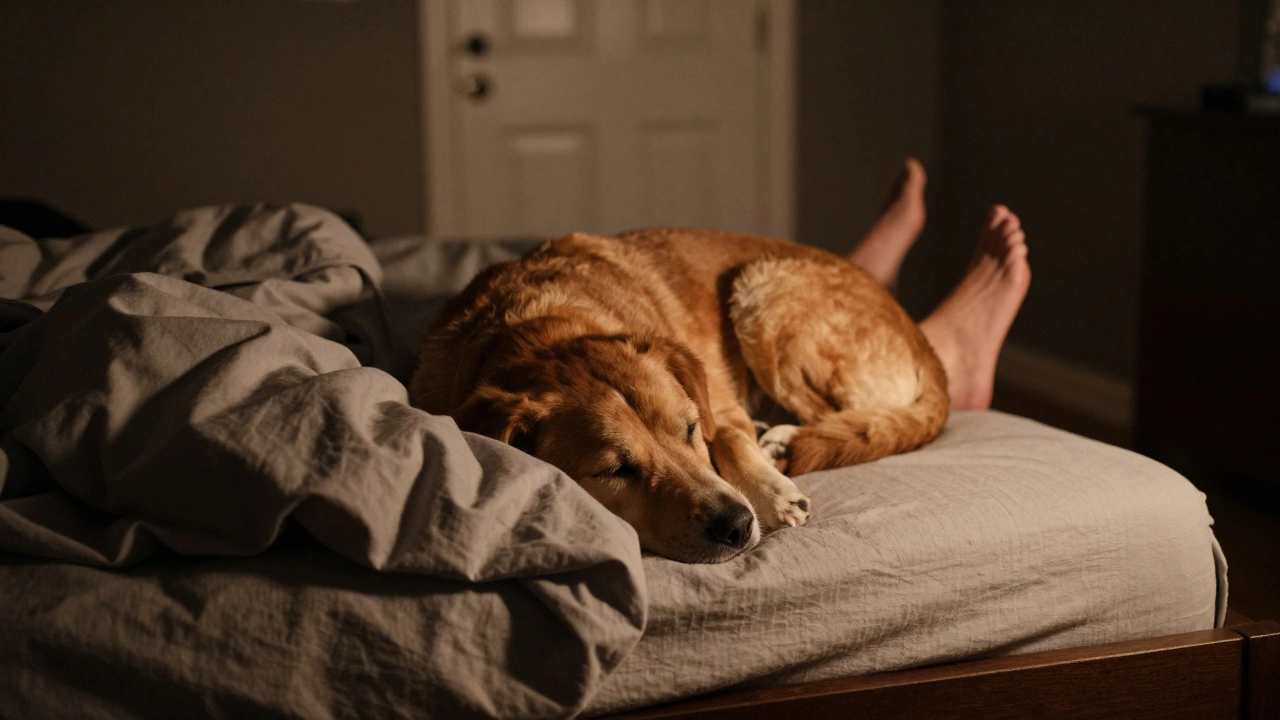Flying with Pets: Your Quick Guide to Stress‑Free Air Travel
Got a pet and a flight booked? You’re not alone—more families are taking dogs and cats to the skies every year. The good news is you don’t need a PhD in aviation to get it right. Follow these practical steps, and you’ll land with a calm, happy companion instead of a nervous mess.
Airline Policies and Fees
First thing: check the airline’s pet policy before you even think about packing a carrier. Some carriers only allow dogs under 15 lb in the cabin, while others let larger dogs travel as checked baggage. Fees vary from £25 to £100 per pet, and they’re usually non‑refundable, so book early.
Look for airlines that offer a “pet‑in‑cabin” option if your pet is small enough. This lets you keep the carrier under the seat in front of you, which means you can soothe your dog with a gentle pat during turbulence. If your pet must go in the hold, ask about temperature‑controlled compartments and any special handling instructions.
Don’t forget the paperwork. Most UK carriers require a recent health certificate (within 10 days of travel) and proof of microchip registration. Some US airlines also ask for a vaccination record. Keep these documents in a folder you can grab at security.
Preparing Your Pet and Carrier
The carrier is the star of the show. Measure your pet from the tip of the nose to the base of the tail, then add a few inches for comfort. The carrier’s dimensions must fit under the airplane seat, so check the airline’s size limits—commonly 45 cm × 30 cm × 25 cm for cabin pets.
Make the carrier a safe haven before the day of travel. Put a familiar blanket or a piece of your clothing inside, and let your dog spend a few days sleeping in it at home. This reduces anxiety when it’s time to board.
Hydration is key, but avoid a full water bowl right before take‑off. Offer a small drink a couple of hours ahead, then give another sip after you’ve cleared security. For cats, a shallow dish works fine; they’ll sip when they’re thirsty.
On the day of the flight, exercise your dog for at least 30 minutes. A tired pup is more likely to nap in the carrier. For cats, a few minutes of interactive play can burn off excess energy. Pack a travel‑size litter box and a few disposable pads—nothing beats a clean bathroom break before you board.
When you reach the gate, arrive at least two hours early. This gives you time to show the airline staff the carrier, hand over paperwork, and settle any last‑minute questions. At security, you’ll be asked to remove your pet from the carrier, so have a leash ready and keep calm. The staff are used to it; the more relaxed you are, the calmer your pet will be.
During the flight, keep the carrier under the seat and avoid opening it unless absolutely necessary. If your dog whines, a calming pheromone spray or a chew toy can help. For cats, a soft toy or a light blanket works wonders.
After you land, give your pet a few minutes to stretch before exiting the aircraft. Offer water, a short walk, and plenty of praise. You’ve just turned a potentially stressful experience into a positive adventure.
Flying with pets isn’t rocket science—just a bit of preparation, the right carrier, and knowing the airline’s rules. Follow these tips, and you’ll keep both your pet and yourself relaxed from check‑in to baggage claim.
Is It Cruel to Fly with Your Dog? Pros, Risks & Safe Travel Tips
Flying with dogs can be stressful for both pets and owners. Explore whether air travel is cruel to dogs, potential risks, airline policies, and ways to make the journey safer for your furry friend.
How Much Does It Cost to Fly With a Dog? Real Numbers & Tips
Wondering how much it actually costs to fly with your dog? This guide breaks down airline fees, crate rules, and hidden expenses travelers face when flying with dogs. Get real numbers for cabins and cargo, see what affects the price, and find tips to save money. Perfect for anyone planning to bring their pup on a flight. Make sure you know what to expect before you book.
Largest Pet Carrier Allowed on a Plane: Everything You Need to Know
Figuring out the largest pet carrier you can bring on a plane can be tricky since rules change from one airline to another. This article breaks down how big your carrier can be, tips for fitting your pet and carrier under an airplane seat, and smart hacks for smooth flying. Learn about airline differences, carrier material recommendations, and how to prep your pet for the flight. You’ll also find helpful facts that most pet owners miss. Avoid stress and keep your furry buddy safe and comfy next time you fly.
How Traumatic Is It for a Dog to Fly in Cargo?
Flying in cargo can be stressful for dogs, raising concerns about their safety and comfort. This article explores the impact of air travel on dogs, offering insights into preparations and alternatives to minimize trauma. Learn about regulations, pet-friendly airlines, and tips for a smoother journey to ensure your furry friend arrives safely and calmly.
Does Your Dog Need Travel Insurance for Flights? Insights and Tips
When planning airplane travel with your dog, understanding the need for pet insurance can be crucial. This article explores the various aspects of pet insurance in the context of flying, addressing whether it's essential and what kind of benefits it might offer. We delve into the regulations of different airlines, potential risks, and how insurance might alleviate worries during your journey. It's a comprehensive guide for ensuring that your furry friend's air travel experience is as safe and smooth as possible.

